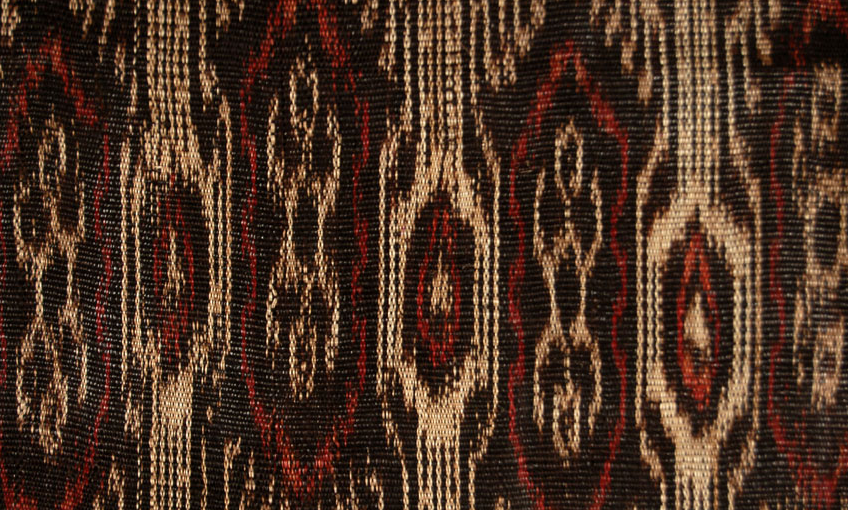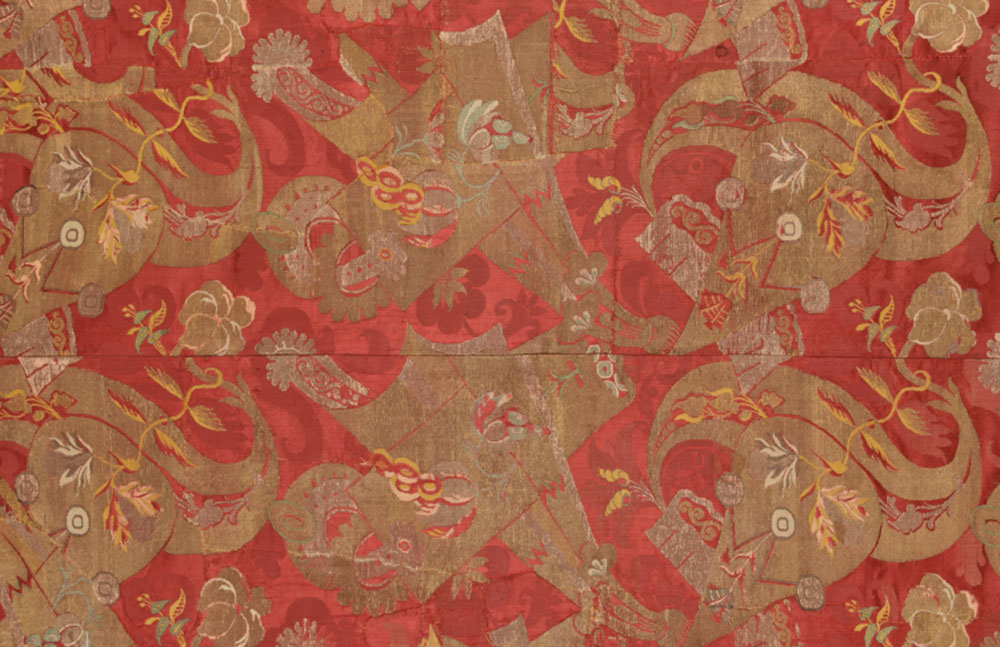‘A Conversation on Bizarre Silks and Ikat Traditions’
In conjunction with New York Textile Month, Yosi Barzilai and Lidewij Edelkoort will present ‘A Conversation on Bizarre Silks and Ikat Traditions’ at Barzilai’s Soho gallery, Sarajo on 27 September.
Over almost three decades, Sarajo has established itself as a treasure trove for artists, collectors, galleries and museums in search of unique artefacts and antique textiles sourced from all over the world. Later this week, Barzilai’s discussion at Sarajo will provide an informative insight into Ikat textiles and Bizarre Silks.

Ikat tnalak panel, traditionally made by the Tboli people, first half 20th century, Mindanao, Philippines, Abaca fiber, Sarajo, TX4347
The polychromatic patterns of Ikat textiles are formed through a process of resist dying the yarns before they are woven into the fabric. A predetermined number of yarns are wrapped and then dyed in one colour. Then the binding is changed and the yarns are dyed again in a different colour. Polychromatic patterns are created through the repetition of this process.
Bizarre silk textiles are woven on a draw loom with the motifs brocaded in supplementary weft or with floating pattern weft (lampas). Antique bizarre silks are identifiable by their strange asymmetrical design, bold colours and lavish use of gold and silk threads.
The talk takes place 6-8pm on 27 September at Sarajo, 31 Howard Street, New York, 10013.
























Comments [0] Sign in to comment